Paper #3 | Caution: The three blackholes of position.
Newton’s first law of motion is that an object in motion will stay in constant motion until it meets an opposing or accelerating force. In its early state, momentum is delicate and easily lost. Our previous Paper explained the four engines of position, which are accelerating forces. On the flipside, there are three blackholes that can suck the energy from a position.
The blackhole of irrelevance
A Hyundai advert once proclaimed: “Life is not about spending time. It’s about time well spent. Hyundai is reimagining time for the future. A future that will connect people with quality time.” What has this lofty purpose got to do with cars? Brands can stray too far from the core of what they do, and arrive at a position that doesn’t connect with their offer.
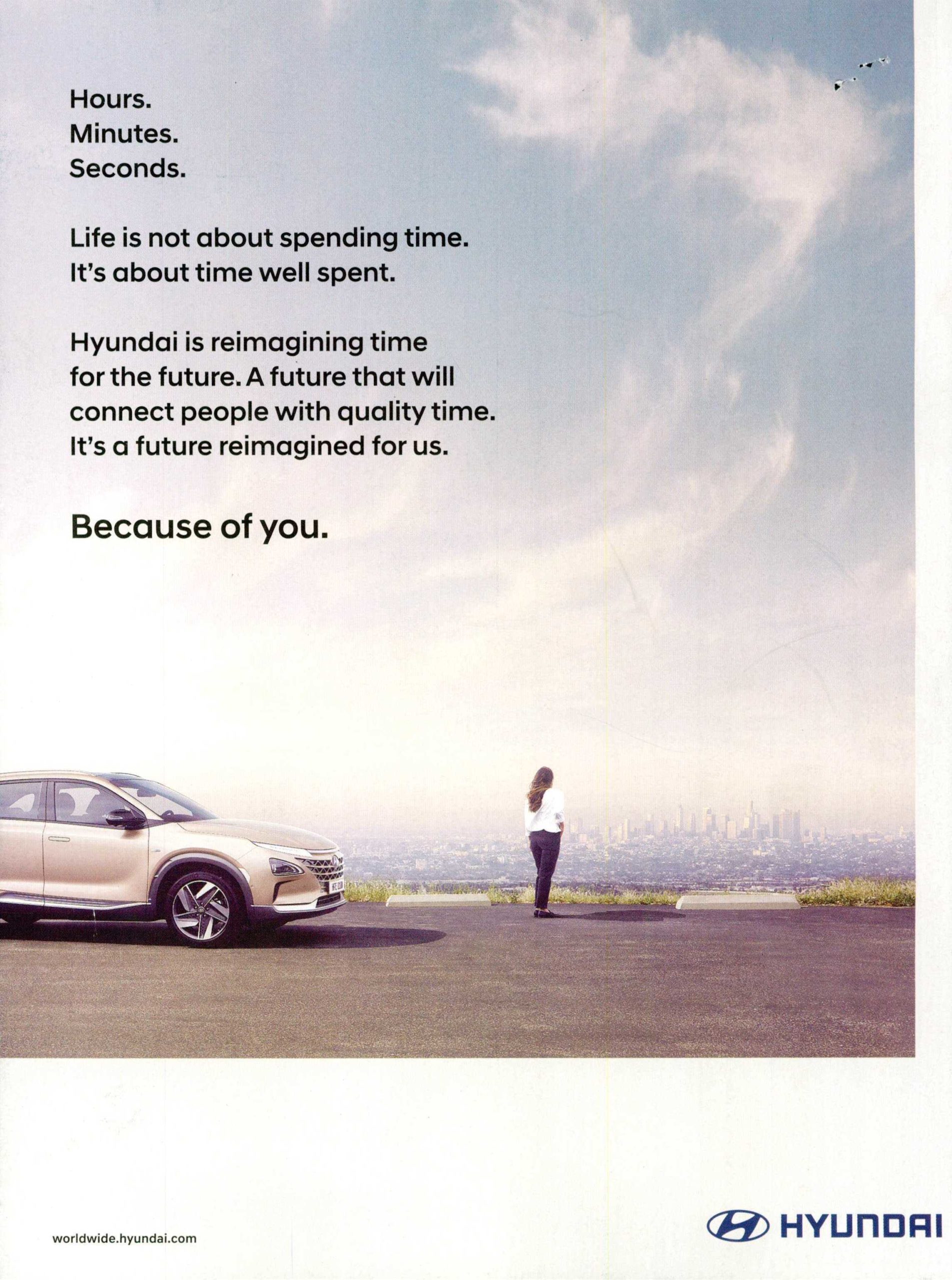
Irrelevance can occur when social purpose is confused with position. A position can be social in nature, as with The Body Shop or Patagonia. While every brand should be socially and environmentally responsible, it’s not every brand’s raison d'être. The CEO of Unilever has said that the company will sell some of its brands if they do not “contribute meaningfully to the world or society in a way that will last for decades”. Marmite has for years positioned itself based on its unique flavour and the strength of feeling this provokes – love it or hate it. This is successful because it is relevant to the product’s fundamental point of difference. However, it is hard to see a relevant social or environmental position for Marmite.
The blackhole of blandness
An old Crispin and Porter house advert shows two hitchhikers. The one labelled Sales is holding a sign saying: “To Jacksonville”. The hitchhiker labelled Marketing has a sign saying: “To Mom’s for Christmas”. This brilliantly illustrates the importance of personality to a position. A strategic position is like the Sales hitch-hiker – it’s conveying the right message, but it’s not going to move anyone to action. Positions need to be expressed with emotion and personality to stand out and create action.
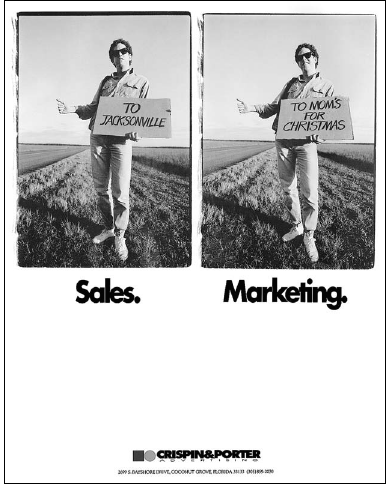
This is why creatives are so crucial to the work we do at Squad. Only by utilising their skills can positions be expressed in a way that moves people to action. Like Martin Luther King’s 1963 address on the steps of the Lincoln Memorial. His speech is famous for the line “I have dream”, but this was a departure from the prepared text. His words were landing damply on the assembled crowd until Mahalia Jackson cried out: “Tell them about the dream, Martin!” Without this powerful expression, would his speech have sparked the change it did or still be embedded within people’s psyche generations later?
The blackhole of division
An ancient Japanese proverb says: “Vision without action is a daydream”. Never have these words been more relevant than when they are applied to the subject of position development. Hours of brainpower are poured into developing statements that are then left to gather virtual dust deep within servers. Positions need to be brought to life across every facet of an organisation so that people consistently experience it. This is why we talk of taking – not creating or writing – a position.
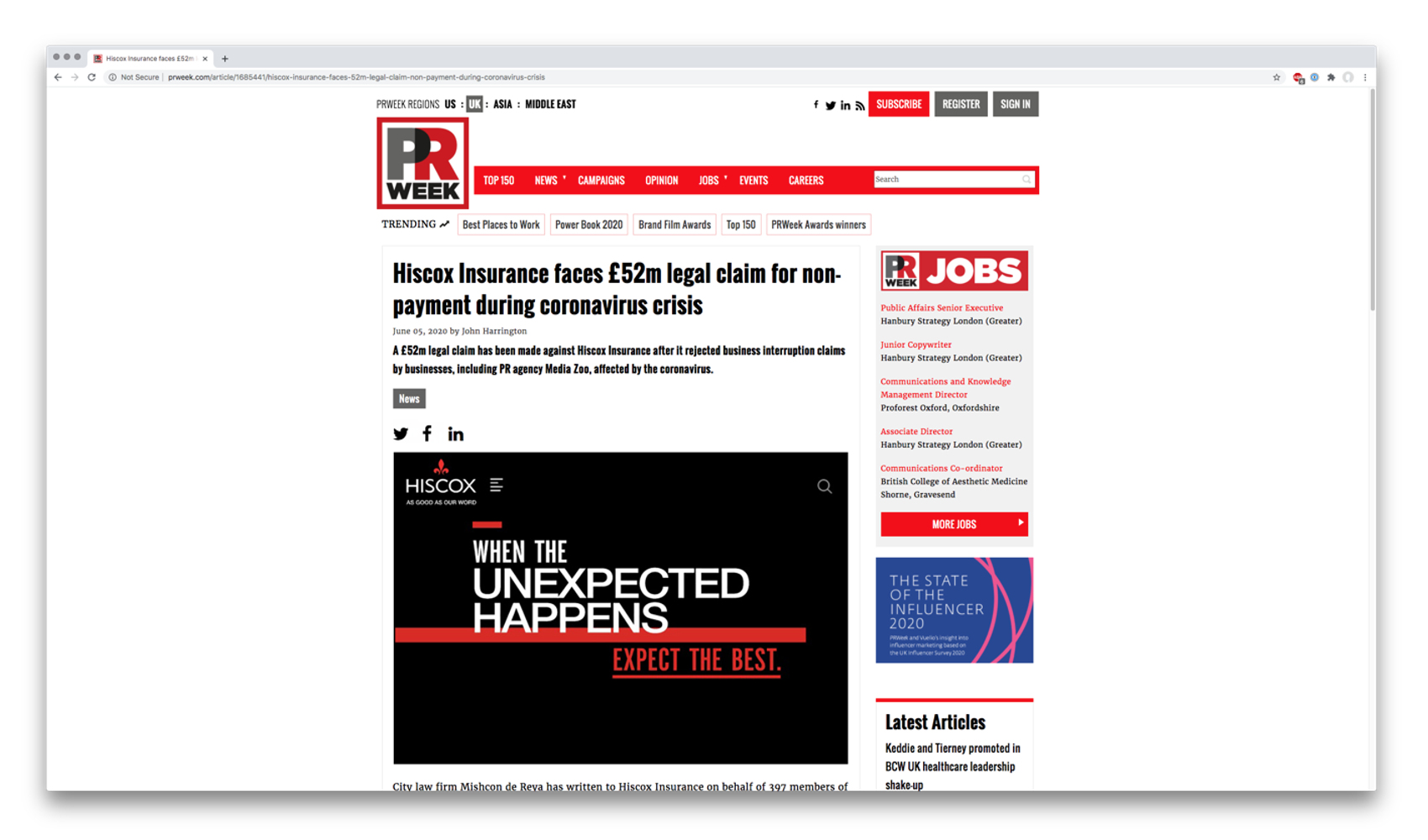
When there isn’t alignment around a position, a brand can do more than flatline – it can plummet. Hiscox have been rejecting coronavirus-related claims en masse. This is despite their policies saying they cover infectious diseases that force companies to shut premises, and despite their brand book proclaiming that they “do the right thing, however hard” and are “true to their word”. Equally, M&S have for years been feted for their Plan A (because there’s no Plan B) environmental initiatives. So when they launched a promotion offering cheap plastic toys for children, the press understandably jumped on it.
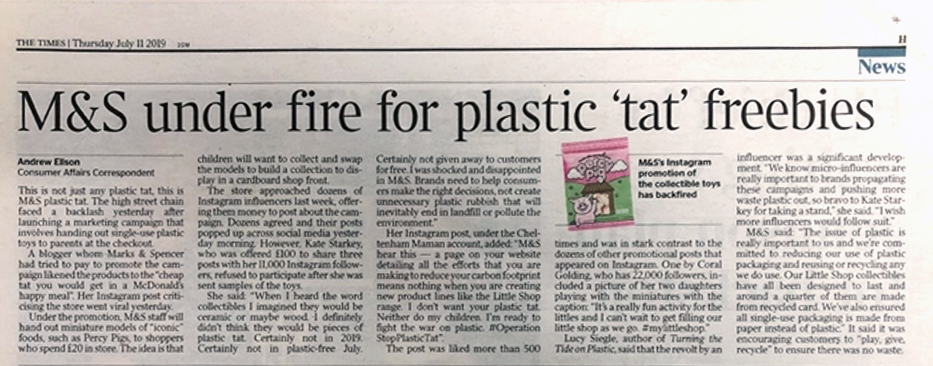
Lots of organisations go wrong by approaching position in siloes. They’ll think about the strategy and vision for the organisation as a whole, probably led by the board. Separately, they’ll consider the brand positioning and how this comes to life in communications. This will likely be led by the marketing director. Then, in another silo, they’ll be thinking about culture and values. This will probably be led by the HR team. Siloes and cliques need to be eradicated. Those responsible for different areas – people, operations, marketing – need to come together and sing from the same hymn sheet.
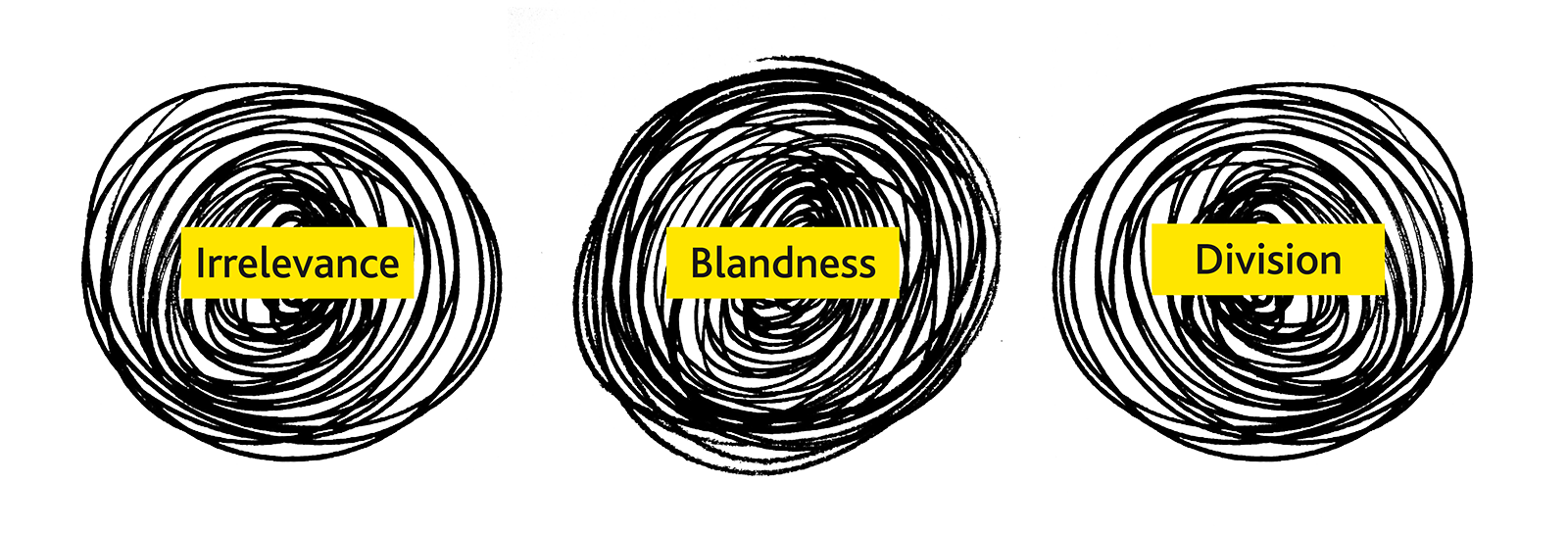
The world’s most valuable brand for a reason
Apple is one of the world’s most valuable brands. Its future did not always look so promising. In 1997, Steve Jobs had just returned as CEO of Apple for the second time to rescue the company from near bankruptcy. One of his first actions was to start working on a new advertising campaign. There’s a recording of an internal staff meeting where he shared the new campaign. It gives a fascinating insight into Apple’s position, and how Jobs created a vision that was relevant and brimming with personality, and could be delivered across the organisation.
Coming next
Next in this series of Position Project Papers we’ll be sharing the process we use at Squad to find, take and sustain a position. If you can’t wait to start thinking about your own position, then our Position Power Tools are the ideal place to start – particularly our Calculator, which is a free self-assessment tool to measure the power of a brand’s position and assess its strengths and weaknesses. Available here.
Click below to download your Ignition Calculator
Download

